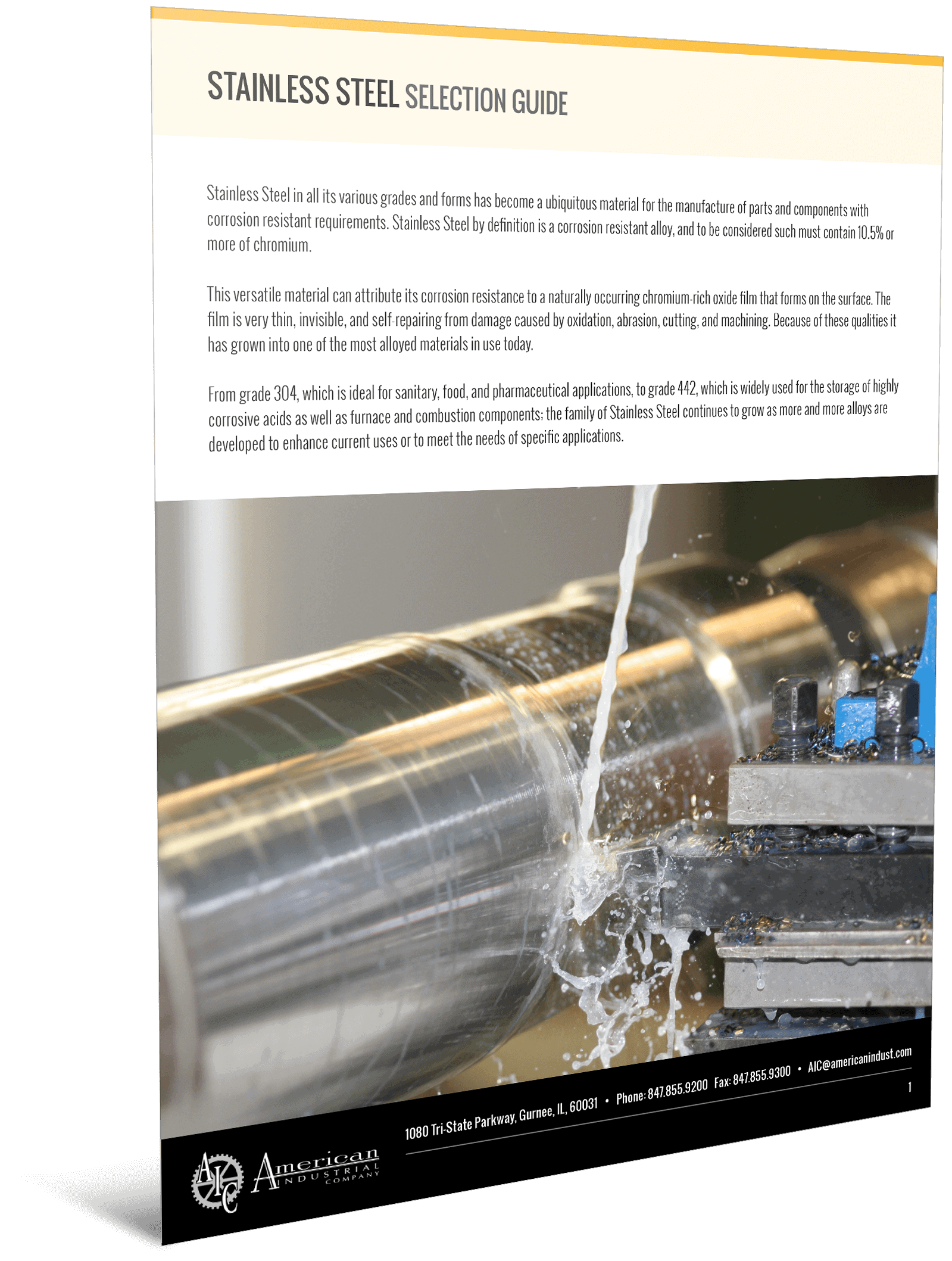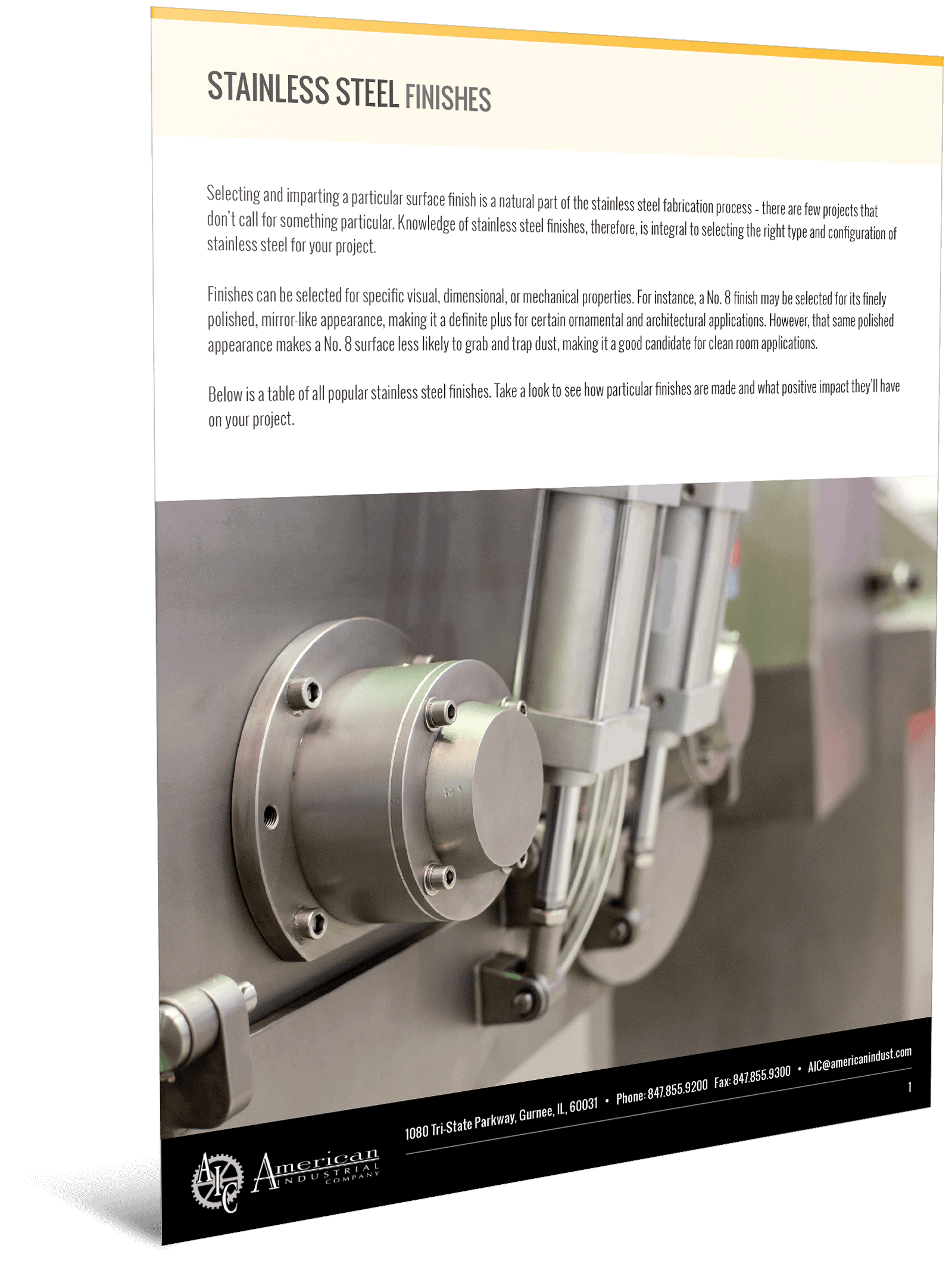To help our automotive aftermarket partners, we’ve outlined the key industry trends and how they affect aftermarket companies. The automotive aftermarket industry is affected by various factors, whether it’s new manufacturing technologies or general shifts in selling strategies.
These trends impact the market in complex, interconnected ways — some of which may be beneficial for parts manufacturers and some of which may present challenges. Either way, it’s important for aftermarket auto part manufacturers to stay abreast of relevant industry trends.
Longer-Lasting Vehicles
As technologies advance and vehicles become more resilient, the average age of automobiles steadily increases. Since 2002, the average age of cars has increased by nearly 16%, from 9.78 years to 11.33 years. More impressively, just over 10% of that growth occurred in the past five years. The average age of other light vehicles, such as pickup trucks and light vans, has also increased.
While this growth is expected to level out before the end of this decade, longer-lasting cars present a great boon for aftermarket auto parts manufacturers, as older vehicles require more repairs and maintenance, thereby necessitating more aftermarket parts.
Globalizing Markets
As vehicle registrations increase internationally, automotive original equipment manufacturers (OEMs) are quickly globalizing to keep up with demand. In 2014, registrations topped 77 million, and by 2020, there are expected to be as many as 1.5 billion total vehicles in operation worldwide.
As OEMs expand, new manufacturing platforms are being developed in emerging global markets, with more units being produced per platform.
The overall number of platforms, however, is decreasing, meaning that the number of vehicles produced per platform is increasing.
Many OEMs are also introducing standardized modular vehicle architecture, allowing similar aftermarket car parts to be used across the globe — a major benefit for international aftermarket part suppliers.
E-Commerce and Direct Selling
Not all industry trends are beneficial to aftermarket auto part manufacturers, however. The rapid rise of e-commerce, for instance, is presenting manufacturers with various challenges.
E-commerce is growing in both business-to-business (B2B) and business-to-consumer (B2C) marketplaces; by 2020, it’s expected to account for $20 billion of aftermarket auto part sales, accounting for up to 10% of the entire market. Because e-commerce effectively opens up the marketplace, making low-cost imports much more accessible to both the B2B and B2C sectors, aftermarket auto part competition has been increasing dramatically.
This rise in e-commerce has led to increased channel consolidation over the past decade, shifting the power balances in the industry. Selling directly to end consumers and businesses through digital channels has also become more common, and will likely be the norm in the coming years as consumers come to expect easy and reliable automotive parts availability.
Finding a Trusted Partner
In this constantly shifting industry, it’s imperative to partner with a reliable aftermarket auto parts manufacturer that can consistently deliver precise, high-quality parts to set your business apart from the competition.
Learn more about how American Industrial can help you achieve your automotive aftermarket project requirements. Simply visit our online library of resources for more information or contact us today.







